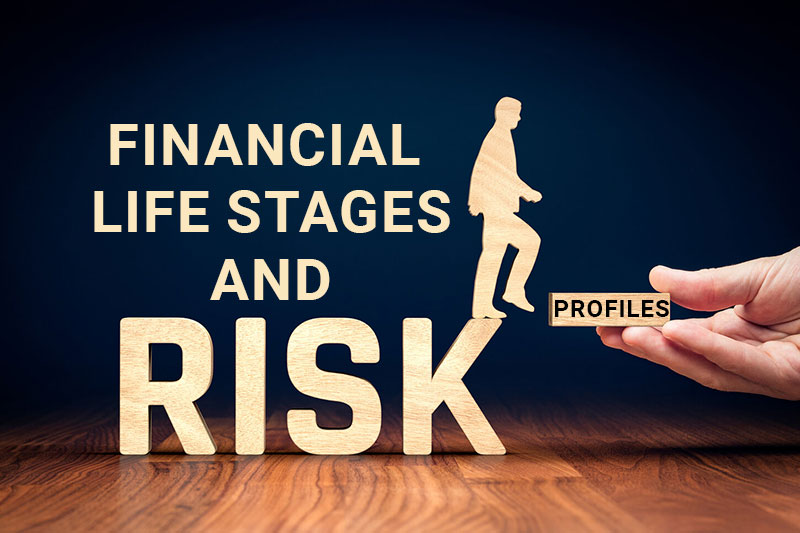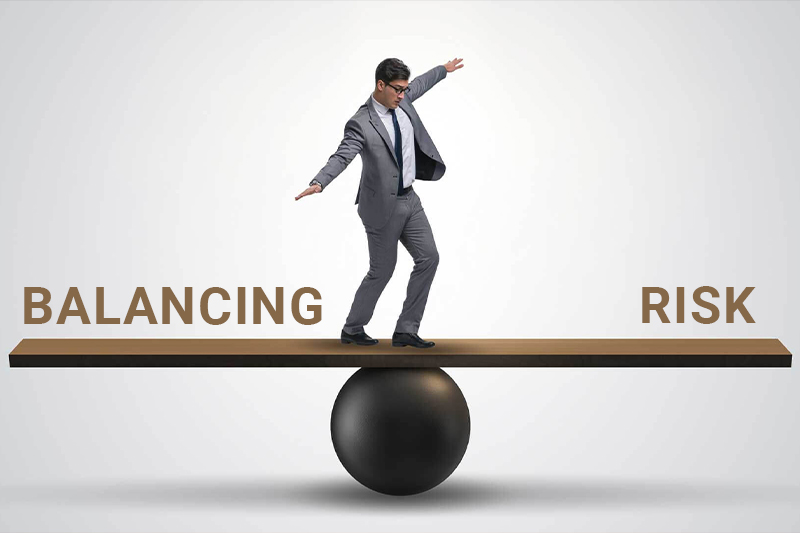
Personal Risk Profile
How it affects your property investment decisions
Financial Life Stages and Risk Profiles
There is risk in every investment, and every investor needs to accept that. The question is, how much risk are you willing to endure? Without clarity on this, it’s impossible to build a financial plan or an investment strategy of any sort.
In simple terms, a 30-year-old single male earning a high income and with low expense commitments will most likely have a higher risk tolerance than a 70-year-old widow living on a pension. Most of us fall somewhere in-between these extremes.
Your personal risk tolerance is basically the level of uncertainty you are comfortable with.
To be a successful property investor (or indeed any other kind of investor) you have to make long-term decisions that you (and your partner, if you have one) are comfortable with. This is where your risk profile gets factored in.
To aid you in better comprehending your risk profile, we suggest considering two different questions.

First, what is your current financial stage of life? The typical person has four significant financial life stages:
- Foundation
- Growth
- Preservation
- Distribution
Secondly, what is your personal position in relation to financial risk. Every person has a different risk position, based on three different aspects of risk:
- Appetite (your mindset)
- Capacity (your capability to survive and recover)
- Tolerance (quantifiable measures of acceptability for various kinds of risk)
Some key points around risk
- Your personality type and your risk profile are very different things.
- Risk Appetite, Risk Capacity and Risk Tolerance measure different aspects of risk.
- Risk Appetite is a crucial factor in the types of investment undertaken. It considers personal comfort with levels of risk.
- Risk Capacity addresses the ability to endure macro and microeconomic changes and personal changes in a personal investment portfolio.
- Risk Tolerance is a numbers-based quantification of financial information. It sets actual figures for what level of risk an investor is or is not willing to endure.
- Risk Appetite, Risk Capacity and Risk Tolerance need to be viewed concurrently to determine the approach taken for any individual personal portfolio.
Balancing Risk
Risk is not a bad thing in itself. Risk is present in most aspects of life, and managing finances is no different.
Understanding the differences between the three measures of risk – appetite, capacity and tolerance – will provide valuable insights into yourself and enable you to make an informed decision.
It is crucial for investing to consider the individual’s holistic well-being. The right combination is imperative. A too-high risk appetite combined with a low-risk tolerance and medium risk capacity is not appropriate and may cause high anxiety, health problems and mood swings.
Recognising your individual risk profile should be part of any financial planning and investment strategy sessions.
Working with professionals in this area will help you understand how your risk profile influences your decision making. Their help will be invaluable to getting the right mix.

Risk Profiling
Any investment comes with risk. It’s important to remember that risk itself is not a bad thing. In the overwhelming majority of cases, it is an unmeasured and unmanaged risk that causes problems.
This is why the Strategic Investors methodology ensures risks are managed and do not impact your life.
In property investing, the risk is usually defined as any possible loss to your portfolio or investment. We treat risk more holistically. We consider
- How you handle risk emotionally
- How you handle risk financially
Risk profiling is a process to assist in identifying the optimum levels of investment risk. It aims to identify your personal risk appetite and financial capacity, and emotional tolerance for your investment decision.
The better you understand your risk profile, the better you will be able to minimise and manage risk.
How risk profiling supports your property investment journey
Undertaking a risk profile assessment, you will learn more about yourself. You will help your financial adviser and yourself make more meaningful life and financial decisions.
The key benefits of assessment include:
- Improved awareness of your risk profile. You can use this for all future decisions so that you are comfortable and confident in the path you take.
- Your team will understand your risk profile. This gives them a clearer idea of the investment options and financial pathways which will be suitable for you.
- You will have a framework to discuss risk robustly. No more ‘I don’t feel comfortable about that’ – instead, you’ll be able to explain what your concern is and how to resolve it.
- Consistency in risk levels and mitigation strategies
- Better risk evaluation. Risk is not black and white. There are as many levels of risk as there are shades of grey. With clarity about your risk profile, you can assess which risks are the right fit for you.
Some final thoughts about risk
A detailed risk assessment and profile are essential for any investment strategy process. They are essential for your overall well-being. Understanding your risk profile will provide you, your financial adviser and your investment strategist with crucial information to make suitable and aligned recommendations.
There is no guaranteed positive outcome. Risk and its consequences cannot be eliminated, but exploring your personal risk profile gives you an understanding of your approach, with all its weaknesses and strengths. It allows you to create an appropriate strategy and mitigation plan to increase the probability of your success.
